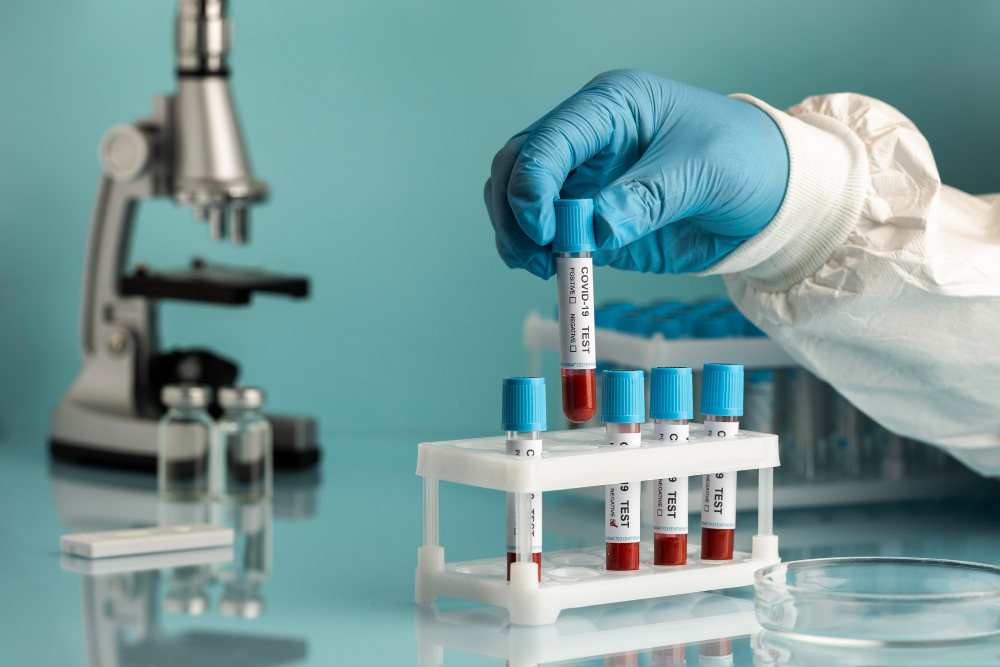Introduction:
Pathology, often referred to as the “science of the causes and effects of diseases,” plays a vital role in the diagnosis and treatment of various medical conditions. It is an indispensable field that helps clinicians understand the underlying mechanisms of diseases and guides them in making accurate diagnoses.
By examining tissues, cells, and bodily fluids, pathologists provide crucial insights that enable healthcare professionals to develop tailored treatment plans. In this article, we will delve into the essential role of pathology in disease diagnosis and treatment.
- Disease Identification and Classification:
Pathology plays a central role in identifying and classifying diseases. Through histopathological examination, pathologists study tissue samples under a microscope, evaluating their structure, composition, and cellular abnormalities.
By recognizing specific patterns and characteristics, they can determine the nature of the disease, whether it is benign or malignant, and its stage or severity. This information is crucial for accurate diagnosis and enables physicians to choose appropriate treatment strategies.
- Molecular Diagnostics:
Advancements in molecular biology and genetics have revolutionized disease diagnosis and treatment. Pathologists use molecular diagnostic techniques to analyze genetic mutations, gene expression patterns, and alterations in DNA or RNA sequences.
These molecular tests can aid in identifying specific gene mutations associated with hereditary diseases, predicting patient response to certain medications, and detecting minimal residual disease. The results obtained from molecular diagnostics help guide personalized treatment decisions, ensuring targeted therapies and improved patient outcomes.
- Prognostic and Predictive Factors:
Pathology provides valuable prognostic and predictive factors that assist physicians in determining the patient’s likely disease course and response to treatment. By analyzing tissue samples, pathologists can identify various biomarkers such as hormone receptors, growth factor receptors, and genetic alterations.
These biomarkers provide crucial information about disease aggressiveness, potential for metastasis, and response to specific therapies. Pathology helps clinicians make informed decisions about treatment options, such as hormone therapy, targeted therapy, or immunotherapy, to optimize patient care.
- Monitoring Treatment Response:
Pathology plays a pivotal role in monitoring the effectiveness of treatment strategies. By performing sequential biopsies or analyzing circulating tumor cells, pathologists can assess how tumors are responding to therapy.
Changes in cellular morphology, growth patterns, or biomarker expression can indicate if the treatment is effective, ineffective, or leading to drug resistance. These insights allow clinicians to modify treatment plans promptly, ensuring optimal care for patients.
- Precision Medicine:
Pathology is an integral part of the emerging field of precision medicine. By combining molecular profiling, genetic testing, and detailed pathological analysis, clinicians can develop personalized treatment plans tailored to an individual’s unique disease characteristics.
This approach maximizes treatment efficacy while minimizing adverse effects. Pathologists work closely with other healthcare professionals to integrate genomic data and pathology findings, leading to improved patient outcomes and therapeutic interventions.
Conclusion:
Pathology plays a multifaceted and indispensable role in disease diagnosis and treatment. By providing accurate disease identification, classification, and prognostic information, pathologists empower clinicians to make informed decisions about patient care.
The integration of molecular diagnostics and precision medicine further enhances the role of pathology, enabling personalized treatment approaches based on a patient’s specific disease characteristics. As technology continues to advance, pathology will remain at the forefront of medical progress, contributing significantly to the improvement of disease management and patient outcomes.

